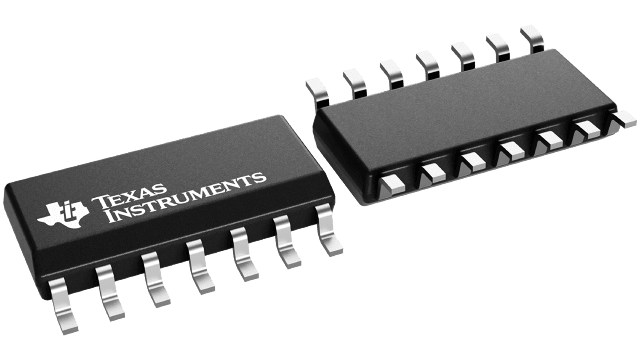Texas Instruments
LM6154BCMX/NOPB
LM6154BCMX/NOPB
Couldn't load pickup availability
LM6154BCMX/NOPB Texas Instruments - Yeehing Electronics
Quad 75 MHz GBW rail-to-rail I/O operational amplifier
Pricing (USD)
| Quantity | Unit Price |
| 1 — 99 | 6.059 |
| 100 — 249 | 4.94 |
| 250 — 999 | 3.882 |
| 1,000 + | 2.31 |
The above prices are for reference only.
Specifications
| Manufacturer | Texas Instruments |
| Product Category | Operational Amplifiers - Op Amps |
| RoHS | Y |
| Mounting Style | SMD/SMT |
| Package / Case | SOIC-14 |
| Supply Voltage - Max | 24 V |
| Output Current per Channel | 40 mA |
| Number of Channels | 4 Channel |
| GBP - Gain Bandwidth Product | 75 MHz |
| SR - Slew Rate | 30 V/us |
| CMRR - Common Mode Rejection Ratio | 70 dB to 94 dB |
| Ib - Input Bias Current | 980 nA |
| Vos - Input Offset Voltage | 2 mV |
| Supply Voltage - Min | 2.7 V |
| Operating Supply Current | 1.4 mA |
| Minimum Operating Temperature | 0 C |
| Maximum Operating Temperature | + 70 C |
| Shutdown | No Shutdown |
| Series | LM6154 |
| Packaging | Reel |
| Features | Decompensated |
| Height | 1.45 mm |
| Input Type | Rail-to-Rail |
| Length | 8.64 mm |
| Output Type | Rail-to-Rail |
| Product | Operational Amplifiers |
| Supply Type | Single |
| Width | 3.91 mm |
| Brand | Texas Instruments |
| en - Input Voltage Noise Density | 9 nV/sqrt Hz |
| In - Input Noise Current Density | 0.34 pA/sqrt Hz |
| Operating Supply Voltage | 3 V, 5 V, 9 V, 12 V, 15 V, 18 V |
| Product Type | Op Amps - Operational Amplifiers |
| PSRR - Power Supply Rejection Ratio | 80 dB |
| Factory Pack Quantity | 2500 |
| Subcategory | Amplifier ICs |
| Voltage Gain dB | 106.61 dB |
For more information, please refer to datasheet
Documents
| LM6154BCMX/NOPB Datasheet |
More Information
Using patented circuit topologies, the LM6152/LM6154 provides new levels of speed vs. power performance in applications where low voltage supplies or power limitations previously made compromise necessary. With only 1.4 mA/amplifier supply current, the 75 MHz gain bandwidth of this device supports new portable applications where higher power devices unacceptably drain battery life. The slew rate of the devices increases with increasing input differential voltage, thus allowing the device to handle capacitive loads while maintaining large signal amplitude.

